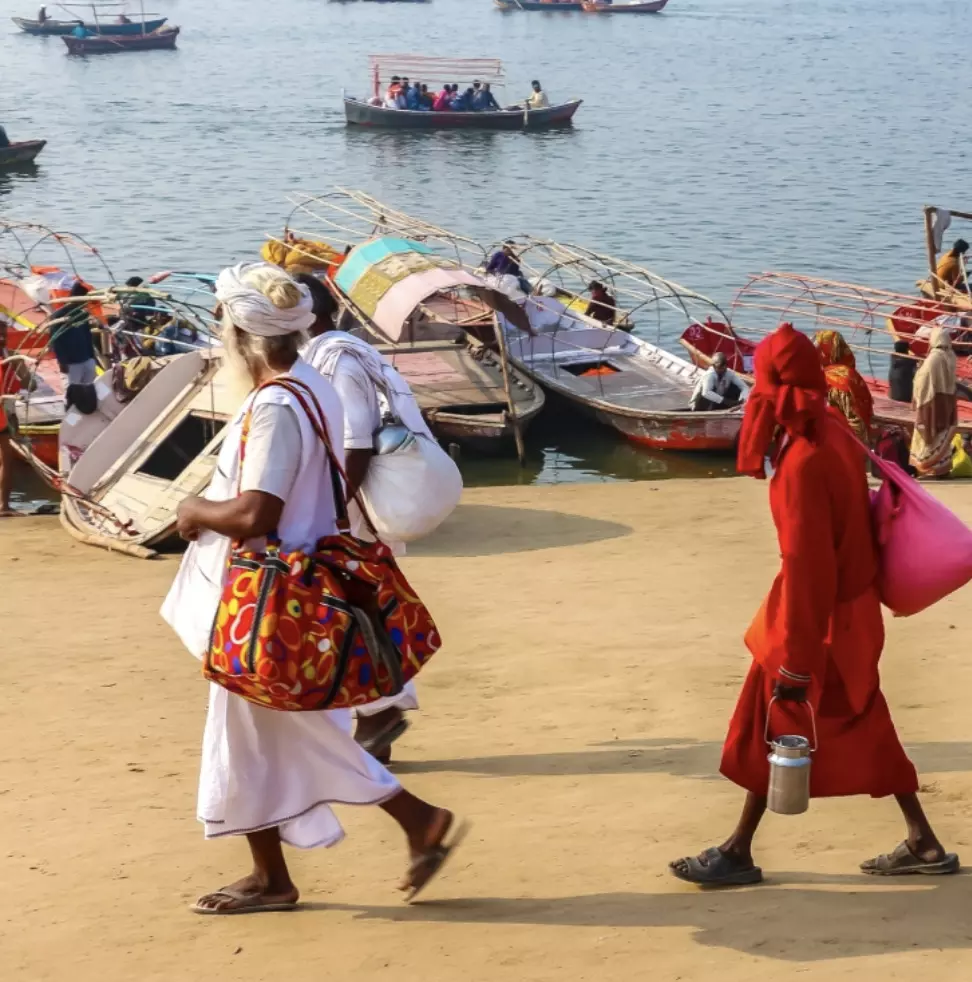Kumbh Mela 2025: Sacred rituals, celestial alignments, and mystical wonders
Kumbh Mela 2025: Sacred rituals, celestial alignments, and mystical wonders

Kumbh Mela, one of the world’s largest religious gatherings, is more than just a celebration; it is a phenomenon that attracts millions of devotees, saints, and travelers from across the globe. Held at the sacred Triveni Sangam—the confluence of the Ganga, Yamuna, and Saraswati rivers in Prayagraj, Uttar Pradesh—this festival offers a unique blend of spirituality, cultural significance, and awe-inspiring traditions.
In 2025, the Maha Kumbh Mela will begin with the Paush Purnima Snan on January 13, concluding on February 26, 2025, coinciding with Maha Shivratri.
The Origins of the Kumbh Mela
The Kumbh Mela’s origins lie in the ancient myth of the Samudra Manthan, where gods and demons churned the ocean in search of the nectar of immortality, Amrit. According to legend, four drops of this nectar fell in four cities—Prayagraj, Haridwar, Nashik, and Ujjain—making these places the venues for the grand festival.
The Largest Peaceful Gathering in the World
Kumbh Mela holds the Guinness World Record for the largest peaceful gathering of people. The 2013 Maha Kumbh saw over 120 million pilgrims, with 30 million attending on a single day. After 12 years, this extraordinary event returns in January 2025.
Celestial Alignments and Astrological Significance
The timing of the Kumbh Mela is no accident. Every 12 years, it rotates between the four sacred cities, and its dates are meticulously determined by the positions of the Sun, Moon, and Jupiter. This celestial alignment imbues the event with profound spiritual significance.
A Temporary Metropolis
The Kumbh Mela transforms barren land into a bustling temporary city. Complete with hospitals, police stations, roads, and sanitation facilities, this vast tent city accommodates millions of pilgrims from January 1 to March 5, 2025.
The Gathering of Sadhus
The festival is renowned for its gathering of ascetics, especially the mystical Naga Sadhus. These saffron-clad, ash-covered holy men, who live in solitude for much of the year, come together at Kumbh Mela to perform sacred rites and share spiritual wisdom.
UNESCO Recognition
In 2017, Kumbh Mela was inscribed on the UNESCO Representative List of Intangible Cultural Heritage of Humanity, acknowledging its immense cultural and spiritual significance.
Sacred Rituals and Moksha
The highlight of Kumbh Mela is the ceremonial bathing in the holy rivers, believed to cleanse sins and grant Moksha, or liberation from the cycle of reincarnation. Devotees believe that a dip in the Triveni Sangam during the festival brings them closer to spiritual freedom.
High-Tech Management
With millions of people attending, ensuring the safety and order of the event requires cutting-edge technology. In 2025, AI cameras, drones, and advanced crowd management systems will be deployed to ensure the smooth operation of the Mela.
A Global Spiritual Hub
While Kumbh Mela is deeply rooted in Hindu traditions, it draws spiritual seekers from all faiths worldwide. Participants come to immerse themselves in India’s spiritual energy, explore yoga, and experience the country’s rich cultural heritage.
Economic Impact
Beyond its spiritual and cultural importance, Kumbh Mela also has a significant economic impact. The influx of millions of visitors benefits local vendors and businesses, contributing billions to the host city’s economy.
A Forum for Knowledge Exchange
Historically, Kumbh Mela served as a platform for scholars, poets, and philosophers to come together, exchange ideas, debate theories, and share wisdom, fostering intellectual and spiritual growth.
Unity in Diversity
The Kumbh Mela is a testament to India’s rich cultural diversity. Pilgrims from different regions, languages, and backgrounds come together to celebrate a common spiritual bond, showcasing the unity that defines the nation’s spiritual heritage.
As we approach Maha Kumbh Mela 2025, the event promises to be an unforgettable experience, offering profound spiritual insights, vibrant cultural exchanges, and a glimpse into the timeless traditions that continue to shape India’s spiritual landscape.

